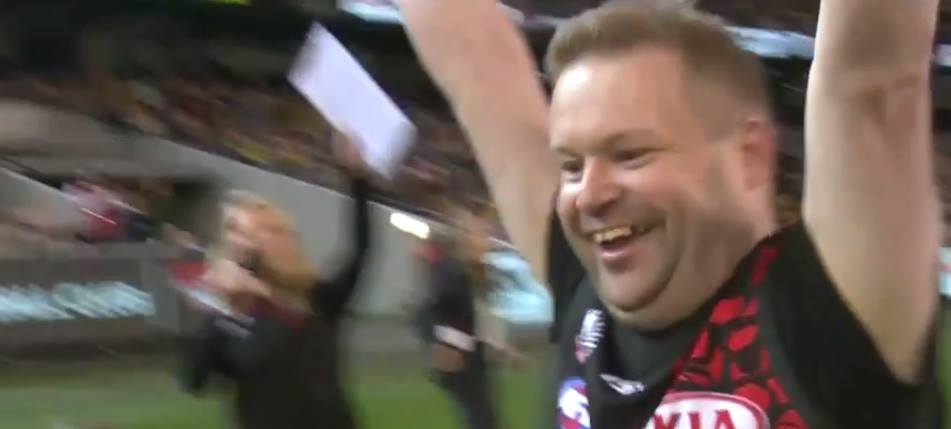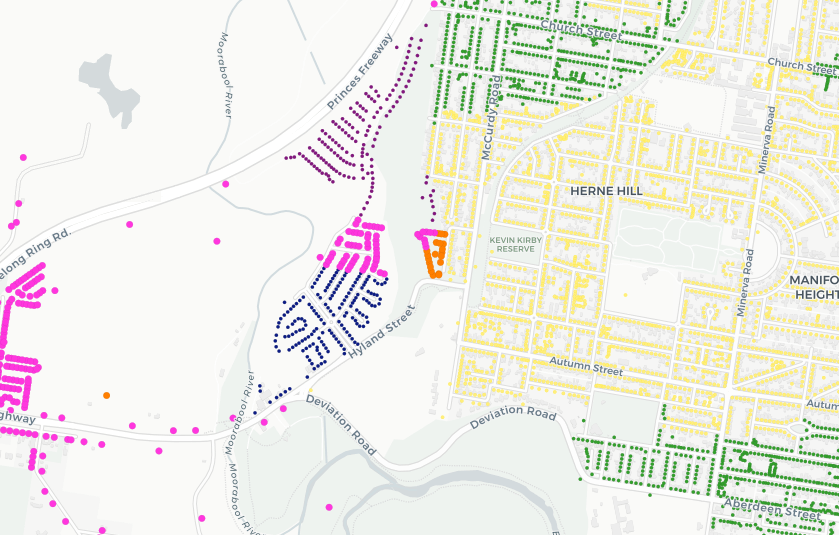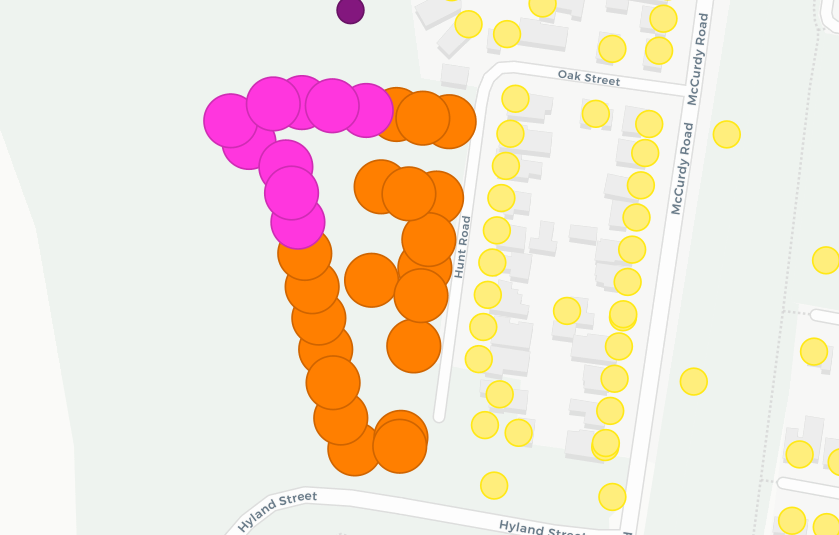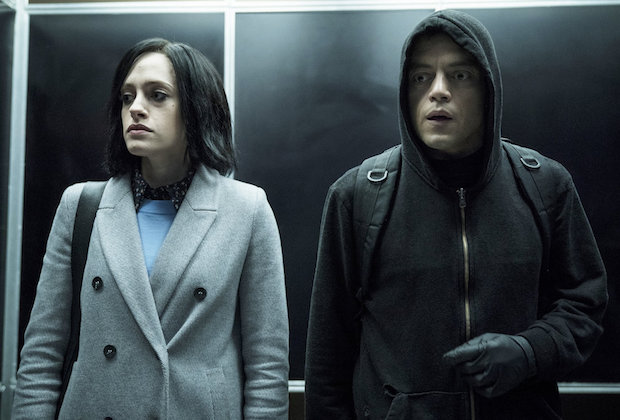Quickshot: I Like Blue Light!
I’ve typically been a poor sleeper for quite a number of years – and when I added a colour smart globe to my lounge room recently, I thought I’d see if it made a difference.

I’ve been spending the evening before bed for the last couple of weeks under a steady blue light, and I swear I haven’t slept better in years.
If you have trouble sleeping, maybe give it a try too?


![Tmthetom [CC BY-SA 4.0 (https://creativecommons.org/licenses/by-sa/4.0)]](https://michaelwyres.com.au/wp-content/uploads/2019/11/broadband-2019.jpg)


